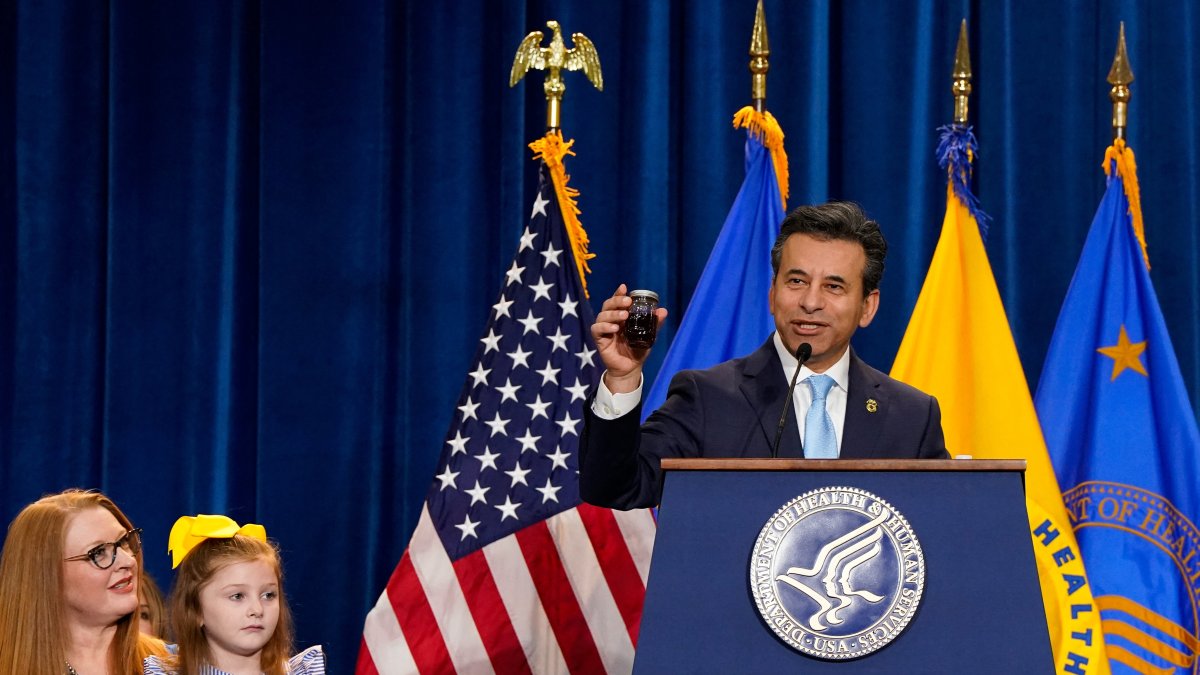Contents
Overview of the Ban
On April 22, 2025, the U.S. Food and Drug Administration (FDA), under Health Secretary Robert F. Kennedy Jr. and FDA Commissioner Marty Makary, announced a plan to phase out several petroleum-based synthetic food dyes from the American food supply by the end of 2026. This initiative is part of the “Make America Healthy Again” campaign, aiming to address potential health risks associated with artificial food colorings .
Dyes Targeted for Removal
The FDA’s plan focuses on eliminating the following synthetic dyes:
- Red No. 3 (Erythrosine)
- Red No. 40
- Blue No. 1
- Blue No. 2
- Yellow No. 5
- Yellow No. 6
- Green No. 3
- Citrus Red No. 2
- Orange B
These dyes are commonly found in a variety of products, including candies, cereals, beverages, baked goods, frostings, and snacks .
Health Concerns and Scientific Findings
The decision to ban these dyes stems from studies suggesting potential links between synthetic food colorings and health issues such as behavioral problems in children, including ADHD, as well as obesity and diabetes. Specifically, Red No. 3 has been associated with cancer risks in laboratory animals, leading to its prohibition in cosmetics since 1990 .
While some scientists argue that current research does not conclusively support these claims, the FDA has decided to take a precautionary approach by phasing out these additives .
Transition to Natural Alternatives
In response to the ban, the FDA plans to introduce four new natural color additives and expedite the approval process for more. Natural dyes such as beet juice, carrot juice, Galdieria extract, and butterfly pea flower extract are among the alternatives being considered. The shift to natural dyes is not expected to affect food prices significantly .
Industry and State Responses
The Consumer Brands Association has proposed eliminating artificial dyes voluntarily, with plans to make dye-free products available to schools within the year. Companies like W.K. Kellogg have already committed to reformulating products accordingly .
Additionally, several U.S. states have taken independent action. West Virginia passed a law banning seven artificial food dyes in school lunches and products sold in the state, effective August 1, 2025, for schools and January 1, 2028, for retail sales . California implemented a similar ban on artificial food dyes in school snacks and drinks, set to take effect in 2028 .
Implications for Consumers
The FDA’s decision marks a significant shift in food additive regulation, aligning U.S. policies more closely with those of the European Union, which has stricter standards for food dyes. Consumers can expect to see a gradual transition to products free from synthetic dyes, with increased availability of naturally colored alternatives.
Conclusion: The FDA’s initiative to ban synthetic food dyes reflects growing concerns over the potential health impacts of artificial additives. As the food industry adapts to these changes, consumers are encouraged to stay informed about the ingredients in their food and seek out products that align with their health preferences.
Next Read -> Pahalgam Terror Attack: 28 Tourists Killed in Kashmir’s Deadliest Civilian Massacre Since 2019













